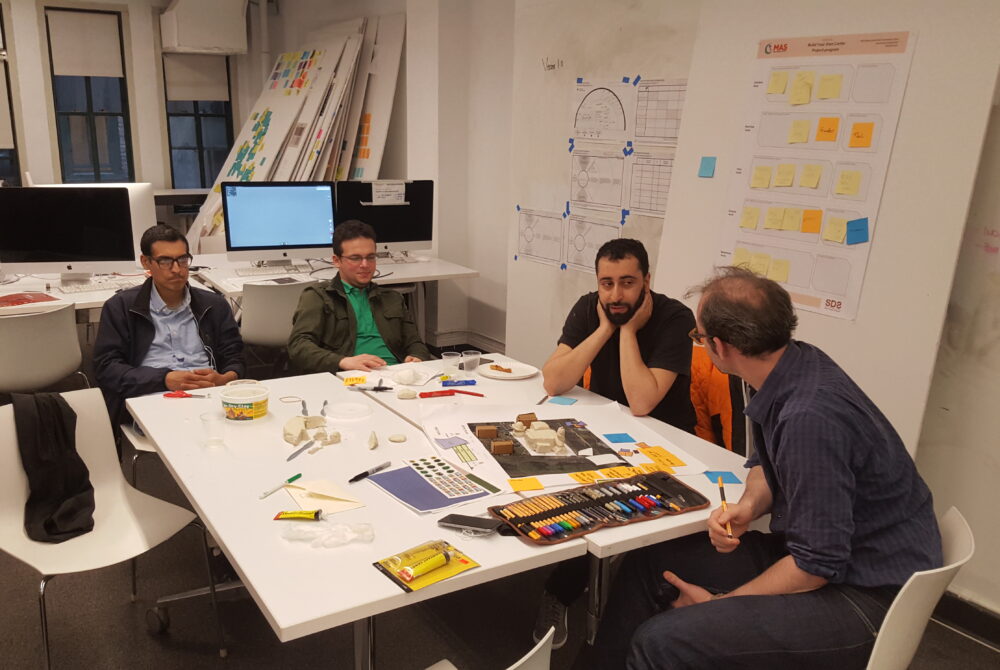Have you ever walked into a public building and struggled to find the main entrance, yearning for clearer signage? Or have you experienced the frustration of standing in a seemingly endless line for restrooms, wishing for more available stalls? These common predicaments often arise from architectural approaches focusing solely on the initial design brief without fully understanding how the space will be utilized.
In nearly every project, the journey begins with the client’s initial brief and their specific programmatic requirements. The architect collaborates with the client to gather their ideas and priorities, and the design process unfolds based on these inputs. While occasional research may be conducted, the design predominantly revolves around the client’s explicit requests.
Traditionally, architects tend to have limited interaction with the eventual end users of a building. The primary interactions occur within the contractual framework with contractors and clients, a model followed by architectural firms worldwide. With 12 years of architectural experience, spanning international work as well as projects in Ohio and New York, I’ve witnessed this process repeat itself countless times.
I must confess that I, too, once adhered to this conventional approach. It wasn’t until my tenure at Parsons that I was introduced to Human-Centered Design and realized that, much like many other architects, I had never directly engaged with the ultimate users of the buildings I designed. My focus had consistently been on aligning my work with the client’s or building owner’s vision, often neglecting the critical aspect of designing to genuinely accommodate the end users’ needs—a facet the client had always intended.
While I considered the users’ needs, the design process rarely involved directly consulting them to ensure the building met their requirements and priorities. These crucial aspects were often assumed rather than explicitly addressed. Architects typically concentrate on client needs, site constraints, building codes, and zoning regulations—all vital components of design. However, the end user’s perspective was frequently overlooked or underemphasized.
My time at Parsons opened my eyes to the concept of bottom-up innovation, revealing a substantial untapped opportunity in the market. During this realization, the Strategic Design Strategist (SDS) concept was born.
SDS takes a proactive approach by engaging end users to assist clients and architects in making more informed decisions, ultimately creating buildings that better serve the people for whom they are intended. Our services encompass customized stakeholder engagement exercises and design toolkits designed to unearth priorities and needs that clients often overlook.
At SDS, we work on the front end of projects, long before the final designs take shape. We collaborate with clients and architects to facilitate more effective engagement and advocacy for spaces that align more closely with the needs of the end users.



Moath is a Design Strategist, Architect, and Manager with extensive experience in the USA and overseas. He holds a Master’s in Strategic Design and Management from Parsons School of Design and a Bachelor’s in Architectural Engineering from Birzeit University. Moath is the author of the upcoming book “How Designer Works, Design Thinking for Architects,” reflecting his passion for human-centered design and empathetic tools in shaping spaces and ideas. He has a track record of working with diverse for-profit and nonprofit organizations and launched his own business, Street Design Strategist SDStrategist LLC, in 2019.
Moath’s innovative approach to implementing the Design Thinking framework and his design toolkits are based on his extensive work with large corporations, mega-projects, architectural competitions, and diverse cultures. He excels in presenting design and research tailored to clients and audiences, making him successful in various roles.
We commence by collaborating with our partners to formulate a strategic vision. This foundational phase establishes the groundwork for all subsequent actions, ensuring our efforts align with their long-term goals and objectives.
In close partnership with our clients, we curate a tailored list of projects that seamlessly align with the jointly established strategic vision. These projects are meticulously crafted to optimize their impact and effectiveness.
We craft a robust marketing strategy to support non-profit organizations in securing funding and donations for these new projects. This strategy serves as a potent tool for conveying the significance and value of these initiatives to potential supporters and donors.
After defining the strategic vision, finalizing project designs, and establishing the marketing strategy, we actively assist our partners in taking tangible steps toward project implementation. We guide them in identifying the most suitable channels and pathways, setting these initiatives on the right trajectory for successful execution